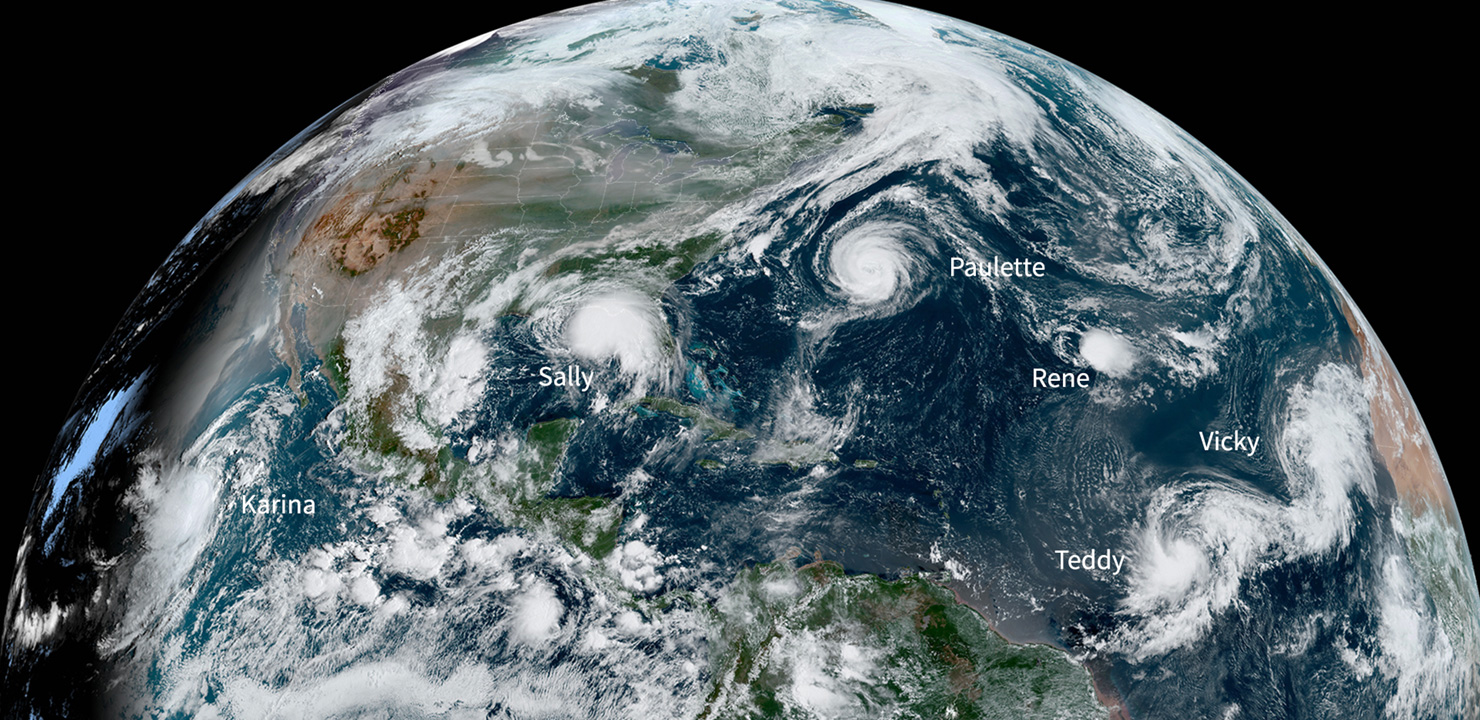
Astronomy & Climate
November 2020 :
It appears observational astronomy is becoming a catch-22. The beautiful telescopes are primed for the sky, but the sky itself is being lost, due to both light pollution and climate. As noted in a recent edition of Science (Astronomy Is – and Has – a Climate Problem, Daniel Clery, vol.270, issue 6513, https://science.sciencemag.org/content/370/6513/153), for example, Chile’s Paranal Observatory determined its average temperature had risen by 1.5 degrees Celsius, more than the average global rise of 1 degree since our preindustrial time.
An increase such as this can also increase humidity, thereby adding clouds. Also, more water vapor can block radiation, specifically infrared and microwave, creating disaster in much of an observer’s research programs.
It appears that two major factors in astronomy are adding to the climate problem: travel, and the necessary use of supercomputers. In all major disciplines, of course, travel to what are generally annual conferences generates vast amounts of emissions. As an example, the 2019 meeting of the European Astronomical Society, held in Lyon, France, in late June, had attendees undergo temperatures over 110 degrees Fahrenheit. Because of this, many of their discussions became that of climate change, and the amount of carbon necessary for each person to arrive. The result – the equivalent of about 1.5 tons of carbon per delegate (p. 153).
It also was realized that the computer power necessary to work the huge telescopes as performed now can be considered wasteful. Surprisingly, a slight change in the program used can be a major factor lowering this. For example substituting a programming language such as Fortran or C++ for one such as Python would lower carbon by a factor of 100, because these and other similar languages require fewer operations.
Also, just the concept of virtual meetings, as we are having (although not exactly for the same reasons) are being seriously looked into. In fact, one of our previous speakers, Travis Rector, of the University of Alaska, Anchorage, a spokesman for the American Astronomical Society, has noted that members seem to be onboard for these. Rector noted that this year’s virtual EAS meeting resulted in 1/3,000 of the “carbon costs,” compared to the meeting in 2019.
Of course, in general, climate change is a major problem for all of us. Even if we do not observe directly, we only have to watch the commitment of all in saving Lick Observatory and Mt. Wilson in California from the raging inferno occurring there and elsewhere in our country. If only for the possibility of keeping looking up alive for both professional and amateur astronomers alike, we all should take time each day to just ask what little we can do to keep the science we love alive.
On the morning of September 14, 2020, NOAA’s GOES-East satellite spied six active tropical systems spanning the Atlantic and Pacific Oceans. Image NOAA



